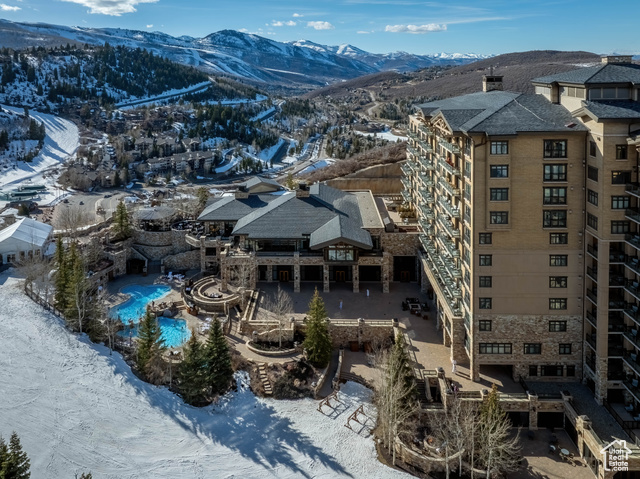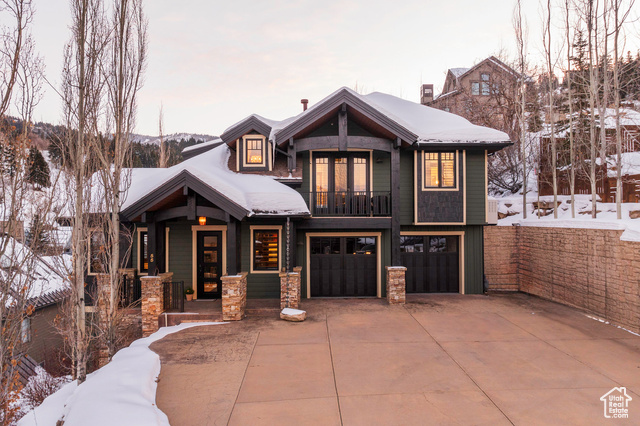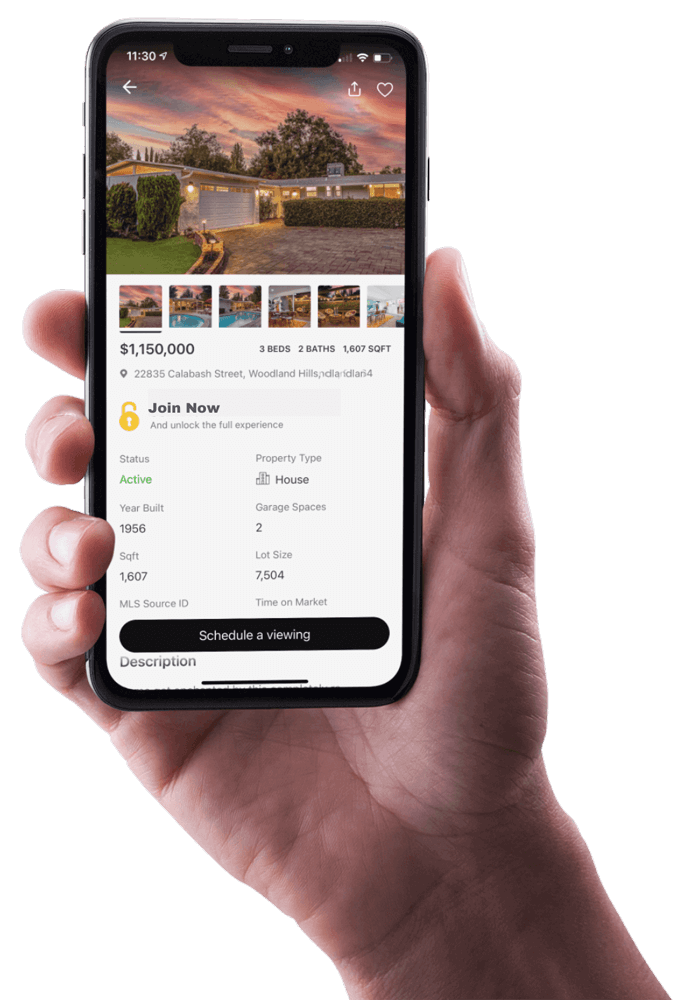

A 1031 exchange is used to buy and sell income-producing real estate and defer taxes. But what happens if you want to do a 1031 exchange on your primary residence? While many investors think they can't use their own home in a 1031, you actually can when you plan accordingly and structure the transaction correctly. Here's how to perform a Section 1031 tax-deferred exchange using your primary residence.
1031 Exchanges
IRC Section 1031 allows real estate investors to relinquish or sell one property and replace it with another like-kind property and defer the payment of any capital gains tax that would normally be due. The basic rules of a traditional tax-deferred exchange are relinquished and replaced property must be like-kind, real estate must be used for business or investment purposes, replacement property must be the same or greater value than the property relinquished, boot either in cash or a cash-like benefit cannot be received by the investor, name on the title of the replacement property must be the same as the relinquished property, replacement property must be identified within 45 days of the closing of the sale of the relinquished property, and finally, the replacement property must be purchased within 180 days of the closing of the sale of the relinquished property.
Normally, the IRS doesn't allow you to conduct a 1031 exchange with your primary residence. That's because the home that you live in isn't being used as an investment property or being held for business purposes. Instead your primary residence is used to provide shelter for your family. However, there are some exceptions to this rule. IRC Section 121 of the Internal Revenue Code gives some situations where you can conduct a 1031 exchange using your primary residence. Before we discuss in detail how to do a 1031 exchange on your primary residence, let's talk about two things you can't do. First, you can't simply decide that your primary residence is a rental property and immediately turn around and use it as a part of a 1031 exchange. Second, you can't live in your house and also claim that it's a rental property, unless you have a multifamily property, which we'll discuss in detail later. Now, let's review what you can do to use your primary residence in a 1031 and just as importantly, how to go about doing it.
Here are some characteristics of a 1031. It defers taxes, the relinquished property and the replacement property must be like kind and held for business or investment purposes. All of the sales proceeds must be reinvested in order for tax on capital gains to be deferred. The boot, that cash or cash-like benefit received from the transaction is taxable as a capital gain. All rules of the 1031 tax-deferred exchange must be adhered to, including the 45-day identification period and the 180-day replacement period and the use of a qualified intermediary. There are no limits of how many times you can do a 1031 exchange.
Section 121
Section 1031 gives you a tax deferral on the payment of capital gains tax. Section 121 gives you a tax exclusion on the sale of your primary residence. To meet the requirements of a Section 121, you must live in the primary residence for at least two out of the last five years. Here are some characteristics of a Section 121. It excludes tax, the property must be used as a primary residence for at least two of the last five years, the time used as a primary residence does not have to be concurrent, you can exclude $250,000.00 of gain for a single filer and $500,000.00 of gain for married taxpayers filing jointly. Section 121 may only be used once every two years.
Using Section 121 and Section 1031 Together
Here's how you can use Section 121 and Section 1031 together. The split treatment is where you use part of the property as a primary residence and part of the property as an investment, such as a multifamily property or one unit is owner-occupied and the other units are rented out. Section 1031 first, acquire the rental investment as a replacement property in a previous exchange, then subsequently use a Section 121 to convert your primary residence. Section 1021 first, convert your primary residence into a Section 1031 rental investment property. Let's look at how to convert your primary residence into a rental property using the small three-unit multifamily property and a single family house as examples. Let's do the multifamily property first. This can be the sale of a triplex, or you're living in one unit and renting out the other two.
For the one primary residence unit, use a Section 121 to convert to a 1031 rental unit. For the other two units, use a Section 1031. For the single family property, use a Section 121 to convert the primary residence to a Section 1031. Conduct a Section 1031 tax-deferred exchange to relinquish the single family house and replace it with another like kind property used for investment purposes. Remember the rules, you must live in the primary residence for at least two of the last five years before converting. You can exclude up to $250,000.00 in capital gains if filing alone and up to $500,000.00 in capital gains if filing jointly. Section 121 may only be conducted once every two years.
Turn your Rental Property into Primary Residence
You can also do the opposite transaction and turn a rental property that you currently own into your primary residence. For example, maybe you'd like to downsize and move into a smaller home, or relocate to a secondary market where the cost of living is lower and the quality of life is better. If you already have a rental property that was the replacement property for a 1031 exchange you previously conducted, that you'd now like to turn into your personal residence, believe it or not, the IRS allows you to do that too. But first you have to prove to the IRS that you're not trying to pull a fast one. In other words, you need to prove that your intent when you acquired the replacement property, the property that is currently a rental, was to treat it as an investment property. The IRS has developed safe harbor tests for determining how long the rental property that you acquired as a replacement property with the previous 1031 exchange must be held before you can turn it into your primary residence. If you don't pass the safe harbor test, you run the risk of the prior 1031 exchange that you used to acquire the rental house being invalidated.
Here's what's needed to pass the test. Your replacement property must be held for at least 24 months after the exchange. During each of the two 12-month periods in the qualifying period, the property must be rented to another person for at least 14 days at fair market rent. Personal use of the property may not exceed 14 days or 10% of the number of days the property was rented at fair market value during that 12-month period, whichever is greater. Family or relatives can be the tenants, provided that they're paying a fair market rent. There are several ways to demonstrate that you had the right intent when you bought the rental property that you now want to turn into your new residence. Use the property as a rental property with the rent at fair market value for at least 12 months or more. Do not occupy the rental property after you acquire it, especially right after the exchange. The purchase contract used to acquire the rental property as the replacement in your 1031 exchange should not be contingent on the sale of your primary residence. Do not renovate the rental property as if you're going to move in right away, although making normal renovations to use as a rental property is acceptable.
Single-family houses, multifamily property where you live in one unit and rent out the other units, and property you own and use as a short-term rental such as an Airbnb or HomeAway can all be used in a Section 1031 or a Section 121. You can use these two sections of the Internal Revenue Code to do a 1031 exchange on your primary residence or convert one of your current rental properties into your primary residence. The key factor to keep in mind is that you need to turn your primary residence into your former residence, then proceed with your 1031 tax-deferred exchange to relinquish one property and replace it with another investment property.
To Learn more about 1031 Exchanges
Related Articles:
- Condo Living Vs Traditional Homeownership
- How Home Insulation Affects Your Homes Worth
- Zillow Housing Market Update 2023
- Hard Money Loans For Fixer Up Properties
- Home Buying 101 Spotting The Right Market Conditions To Buy
- 1031 Exchanges Explained
- 5 Part Time Jobs To Help Pay Off Your Mortgage
- Buying Or Selling How Foundation Repair Waterproofing Affect Home Value
- Mortgage Rates Plunge Is Now The Time To Refinance Your Mortgage
- Understanding The Utah Real Estate Purchase Contract
- Renting Vs Buying Home In Utah
- Why People Are Fleeing Florida For St George Utah








